The Parodontidae are a relatively small group of bottom-dwelling tetras. The family consists of three genera with a total of approx. 32 species. The genera are distinguished from each other by two characteristics: firstly, the number of unbranched rays in the pectoral fin: one each in Parodon and Apareiodon and two in Saccodon; and secondly, the lack of teeth in the lower jaw in Apareiodon and Saccodon, whereas Parodon has teeth there. Unfortunately, the dentition features are not recognizable in living animals, which is why species identification and even genus assignment is often only very vague, as all species have a fairly generalized appearance. The differentiation of species in scientific descriptions is also mainly based on the shape of the teeth. In the hobby, however, the family Parodontidae is only occasionally represented by a single species, namely Apareiodon affinis from Paraguay (see https://www.aquariumglaser.de/en/09-characoids-tetra-relationship/apareiodon-affinis-2/), which is why they are rarely encountered.
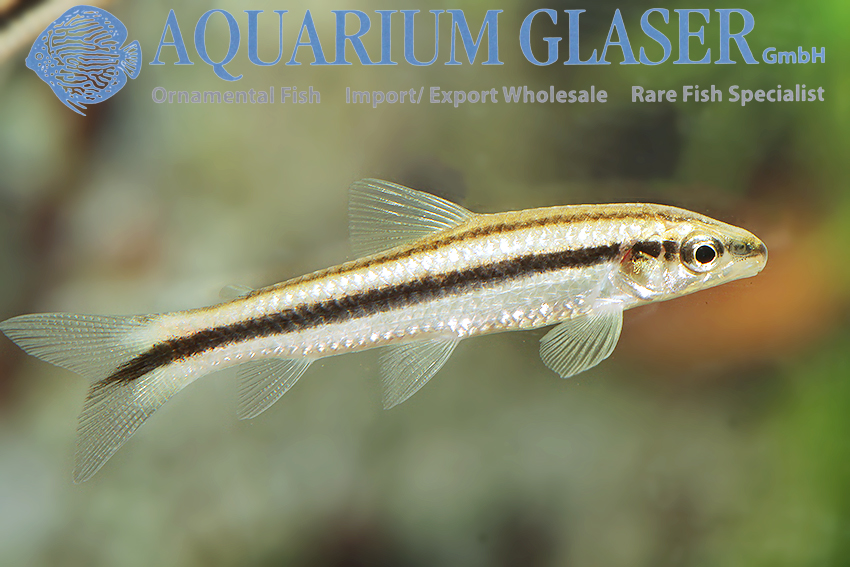
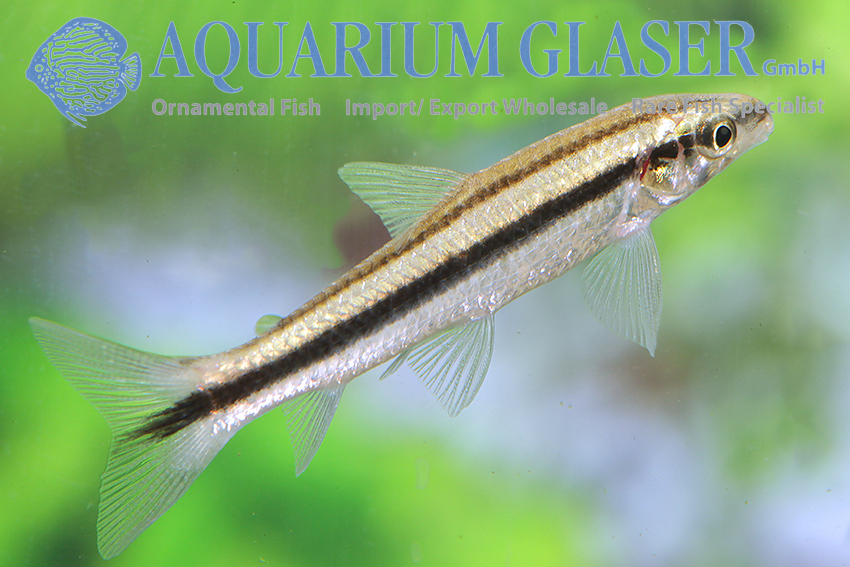
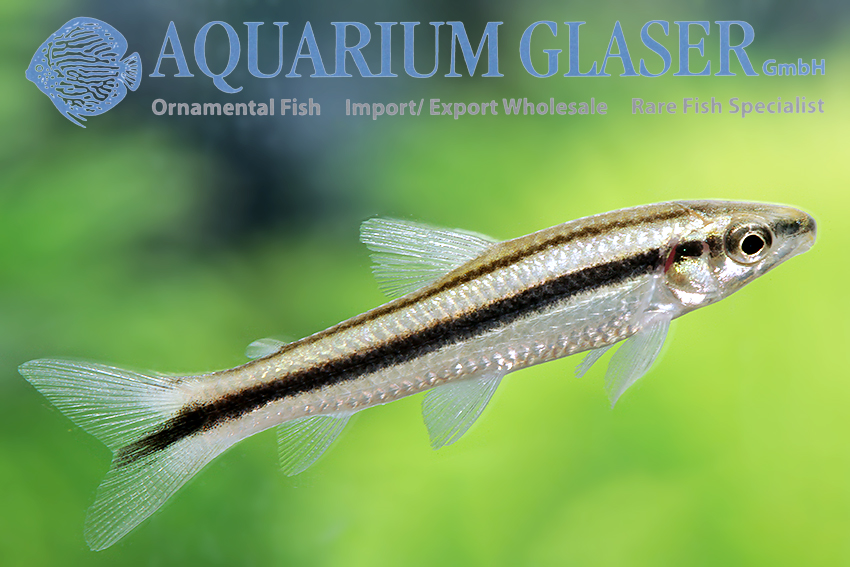
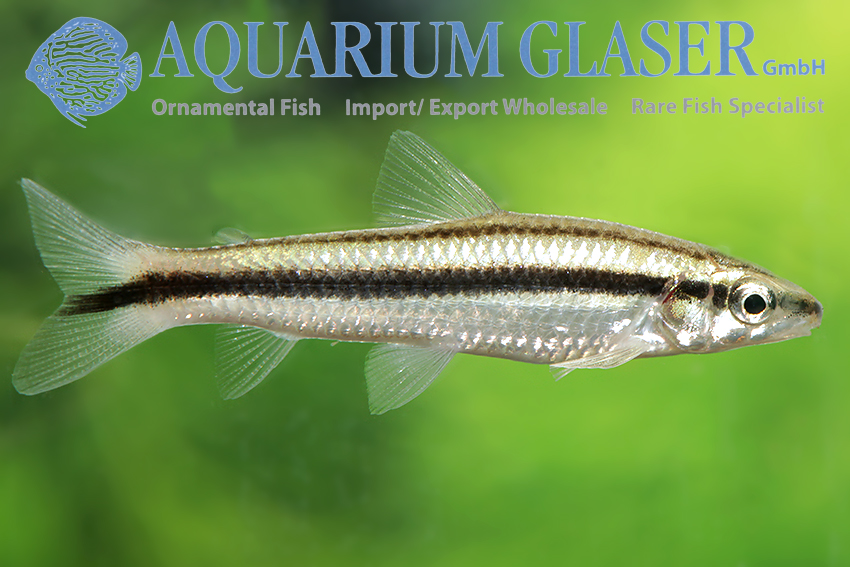
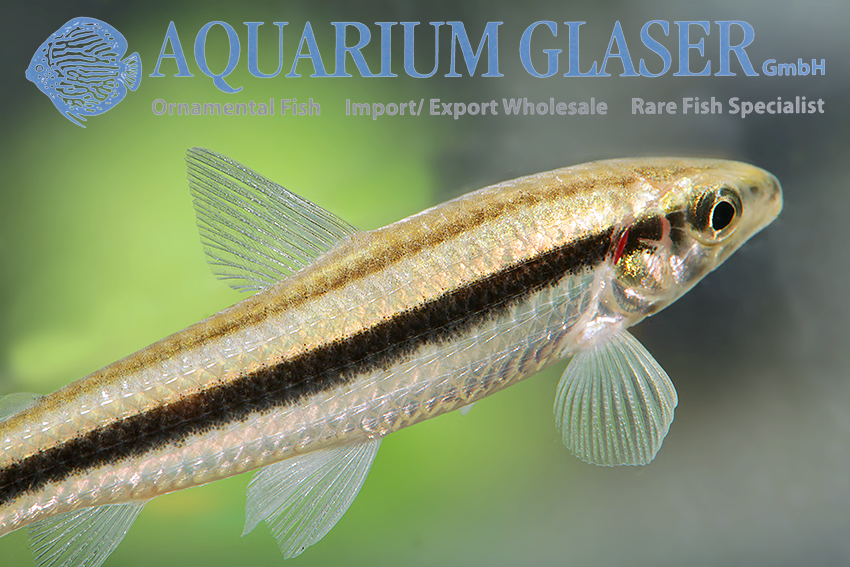
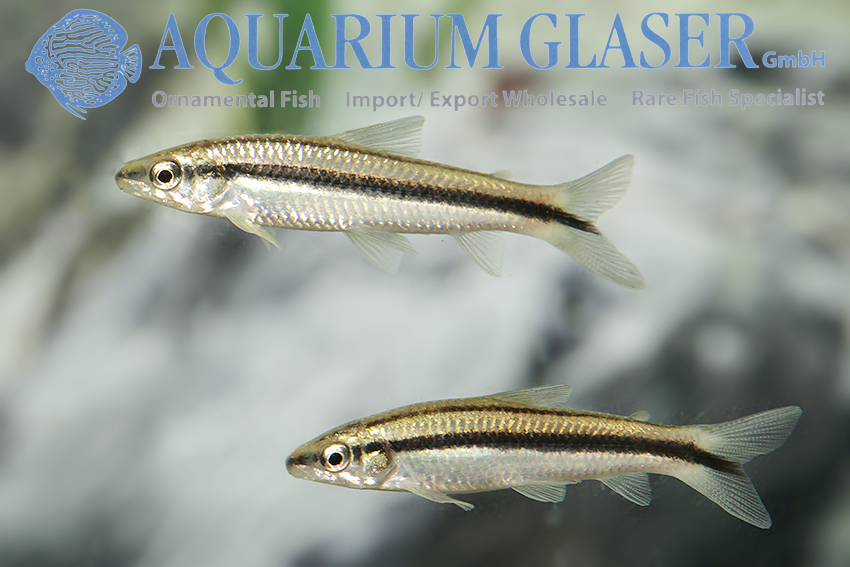
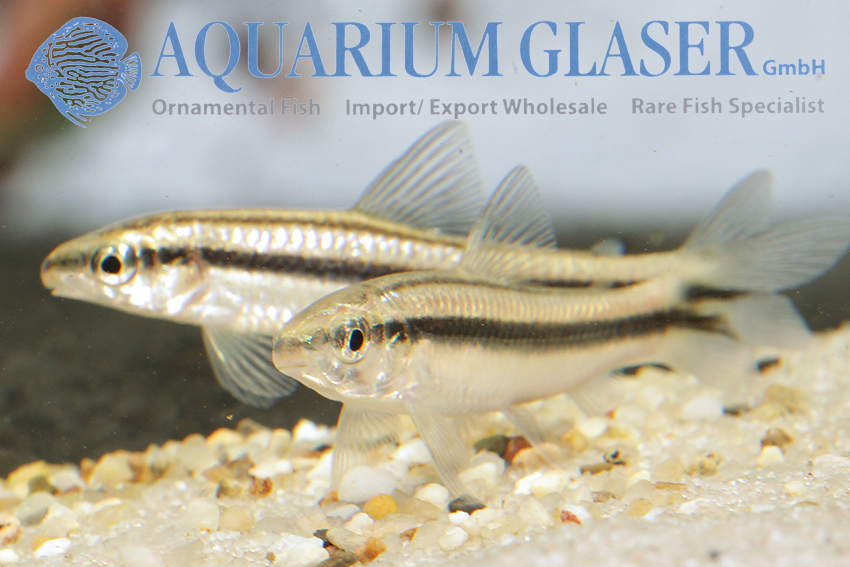
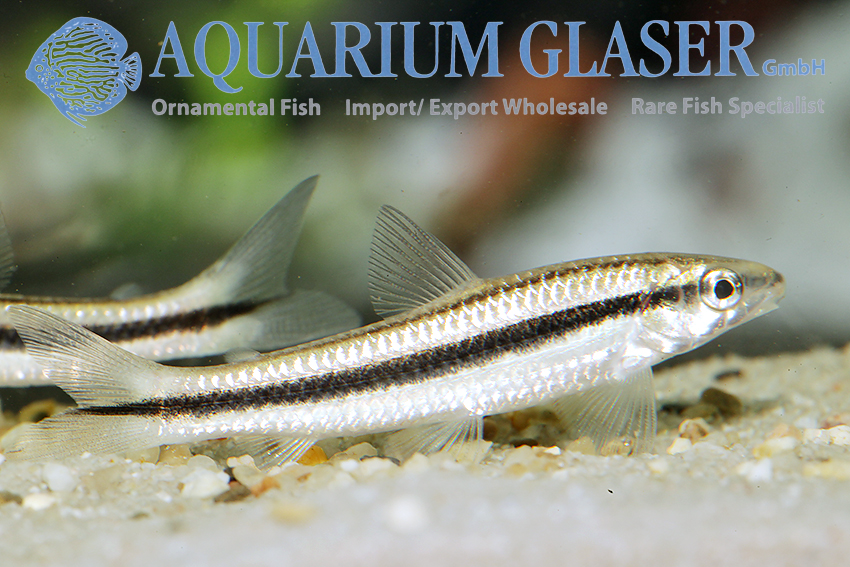
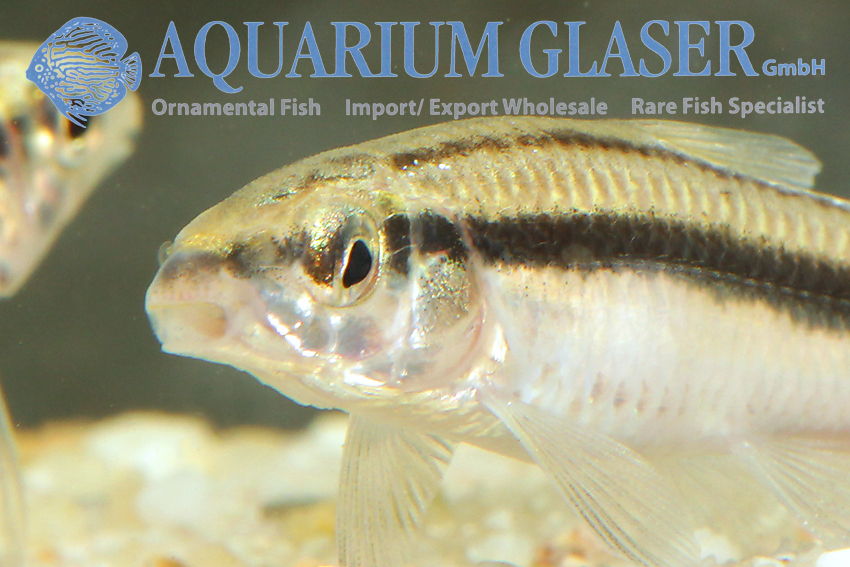
We have now been able to import a member of the Parodontidae from Peru. As all the specimens arrived alive, it was/is not possible to identify them precisely. However, only three species of Parodontidae are known from Peru so far: Parodon buckleyi, P. pongoensis and Saccodon wagneri. So we started by looking at the descriptions of these three species, which fortunately are all illustrated. This enabled us to quickly rule out Saccodon wagneri, which was described in 1863, as in this species the dorsal fin is so far forward that its end is still before the base of the pelvic fins. In our fish, the dorsal fin sits roughly above the pelvic fins. This leaves Parodon buckleyi, described in 1887, and P. pongoensis, described in 1942. Both look very similar; however, P. pongoensis is known in scientific collections with specimens from the vicinity of Pucallpa (drainage of the Rio Ucayali), while P. buckleyi is reported much further north. As the Pucallpa region is an important area for ornamental fish collectors, it is quite likely that our specimens come from there and belong to the species Parodon pongoensis. However, we do not have any final certainty about this, which is why we refer to the species on our stock list as Parodon sp. cf. pongoensis (the “sp. cf.” means “not exactly determined, but very similar to”).
Apart from the occurrence in Peru, which is also the type locality of P. pongoensis (forest brook, foothills at Pongo de Manseriche, Marañón River drainage, Peru), this species is widespread and also occurs in the drainage of the Orinoco in Colombia, adjacent to Peru in Ecuador and further south in Brazil (state of Goiás, Formosa, river Água Quente, tributary of the Paranã, catchment area of the Tocantins). The maximum length is probably around 12 cm. In larger animals, the lower caudal fin lobe turns more and more black; this is not yet visible in our juveniles, which are currently 3-4 cm long.
We have not noticed any special features in terms of care so far. The lively animals like to swim in groups with their own kind. Other fish are hardly noticed. The water temperature can be between 22 and 26°C. The water values are unimportant as long as the water is clean. They feed on aufwuchs and can be used as “algae eaters”. However, they will also eat pretty much any common ornamental fish food that fits in their mouths. P. pongoensis is therefore a diurnal algae eater for South American aquaria, a stylish alternative to the always somewhat secretive suckermouth catfish.
For our customers: the animals have code 275882 on our stocklist. Please note that we only supply the wholesale trade.
Text & photos: Frank Schäfer




